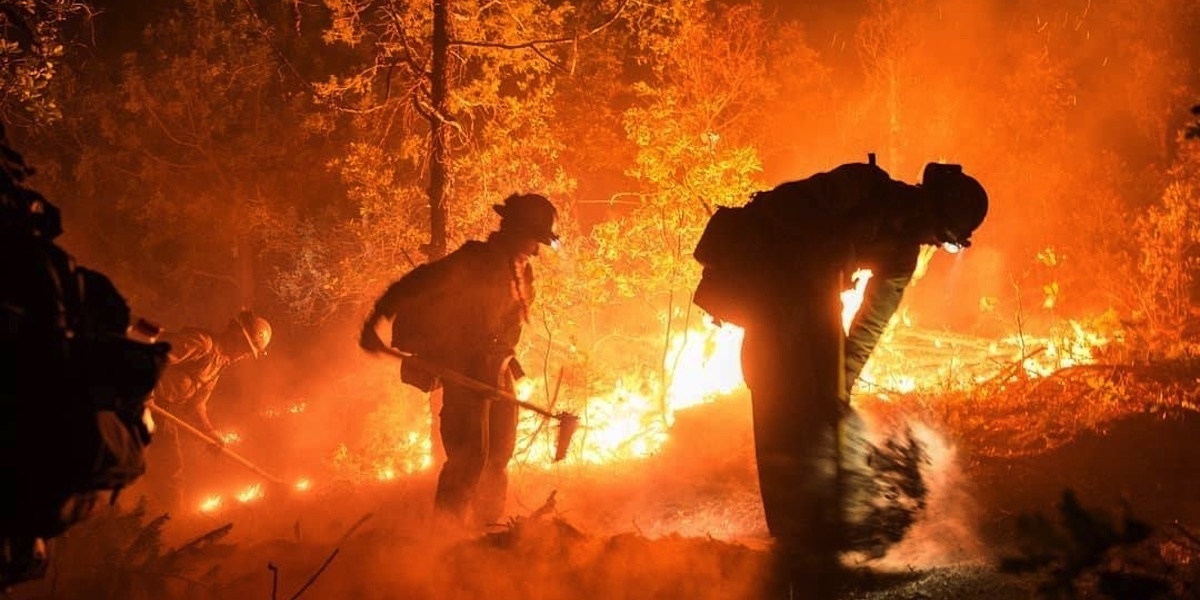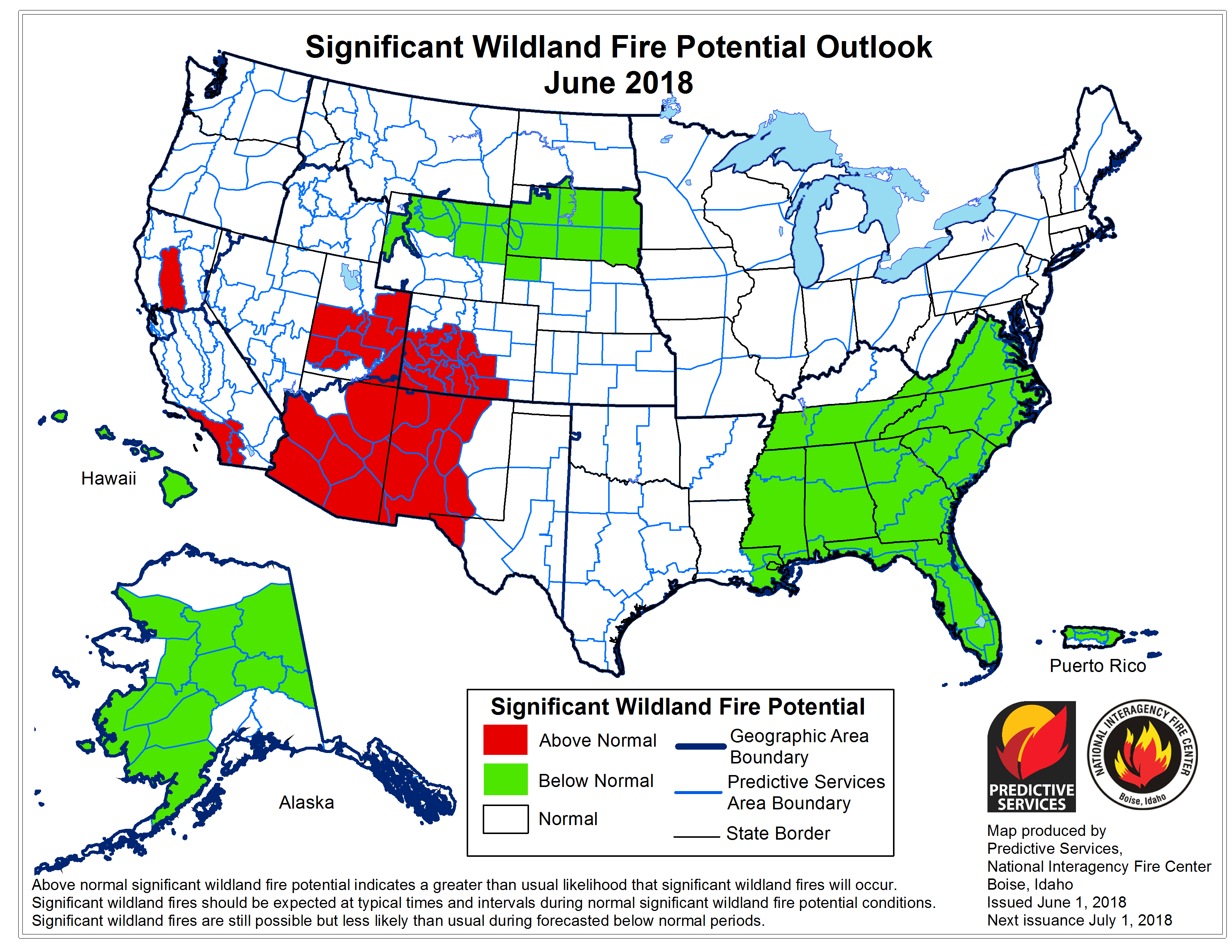

The Rocky Mountain Incident Management team battles the 416 Fire. 416 Fire Facebook
A number of
wildfires are currently ablaze in the Western U.S. as severe drought envelops much of the region.
The 416 Fire in Colorado, which has scorched
27,420 acres since it broke out on June 1, has forced the evacuation of more than 2,000 homes and the closure of all 1.8 million acres of the San Juan National Forest.
The fire is currently 15 percent contained and no structures have been destroyed, the Rocky Mountain Incident Management Team said.
The
National Wildfire Coordinating Group noted that the blaze has been fueled by abnormally dry conditions and prolonged drought.
Large fires in the West are also burning the Apache-Sitgreaves National Forest in Arizona, the Gila National Forest in New Mexico, Manti-Lasal National Forest in Utah and Medicone Bow-Routt National Forest in Wyoming, the
National Interagency Fire Center reported Tuesday.
New Mexico’s Santa Fe National Forest, one of the state’s most popular recreation sites, has been closed since June 1 due to fire danger.
“Under current conditions, one abandoned campfire could cause a catastrophic wildfire, and we are not willing to take that chance with the natural and cultural resources under our protection and care,” Santa Fe National Forest Supervisor James Melonas said in a
statement.
The Buffalo Fire, a new fire in Colorado that erupted Tuesday, is edging dangerously close to a ski resort town and has already prompted the evacuation of more than 1,300 homes, the
Associated Press reported.
Western states experienced a winter with very little precipitation and a hot spring, which poses a threat come fire season. National Interagency Fire Center forecasters predicted an “above normal” fire potential this June especially in the drought-ridden Four Corners region, where Colorado, New Mexico, Arizona and Utah meet—and an area experiencing “extreme” to “exceptional” drought.
Climate change has been found to intensify drought conditions in the West. High temperatures and dry conditions increase the chance of a fire starting and help fan an existing fire.
National Interagency Fire Center
- How Climate Change Ignites Wildfires From California to South Africa
- Colorado Wildfire Forces 1,000 to Evacuate - EcoWatch

 233k
233k  41k
41k  Subscribe
Subscribe 
